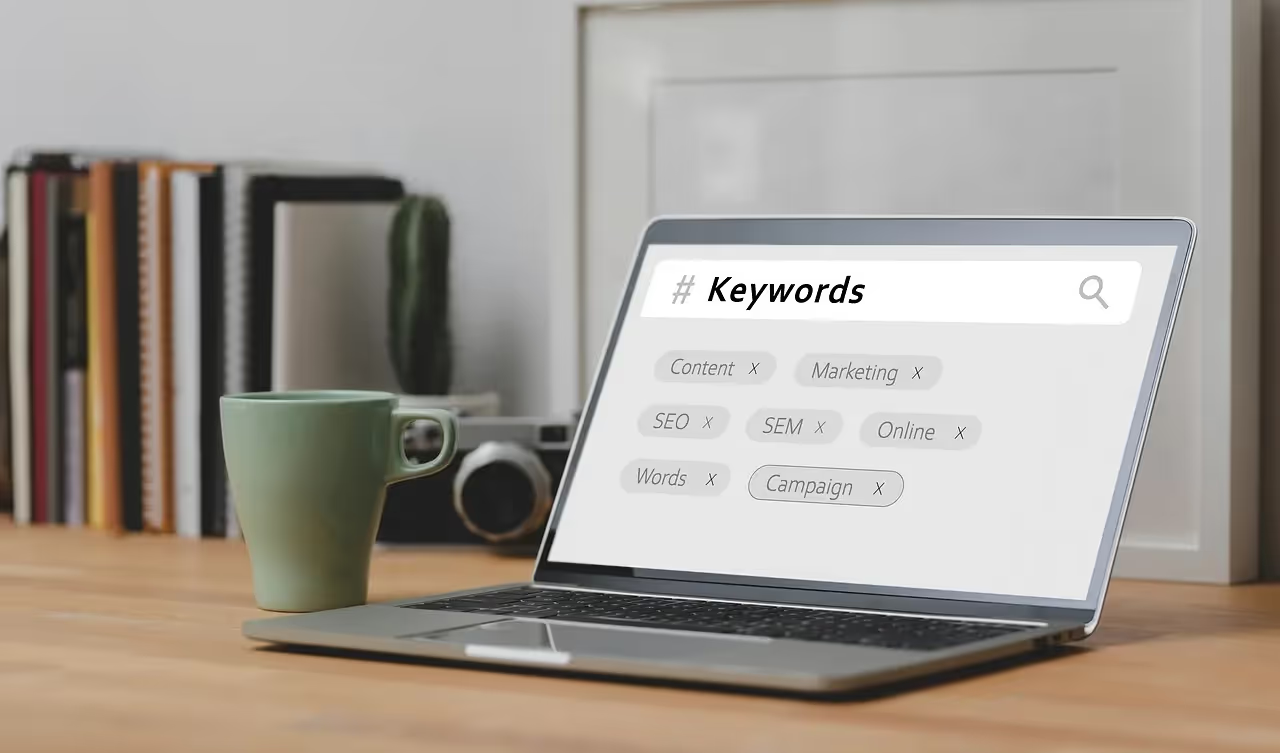How to Rejoin the Workforce Successfully After a Career Break
Returning to work after a career break can feel uncertain. But employers in 2025 are open more than ever to candidates who took time away. Whether for caregiving, travel, health, or personal development, your break does not define your future. What matters is how you present your journey, your skills, and your readiness to contribute today.
What Hiring Managers Look for in Candidates After a Career Gap
Employers focus on your present capabilities and mindset more than your absence. In 2025, hiring trends emphasize skills, adaptability, and how well you align with the company’s vision. Here’s what they prioritize:
- Career gap explanation: Clarity and honesty about your break
- Upskilled competencies: Certifications, courses, or volunteer work during the gap
- Future-readiness: Knowledge of current tools, trends, and technologies
- Adaptability and resilience: A mindset open to change and challenge
- Strong communication: Confidence in articulating your value
Top Skills to Highlight as a Career-Break Professional
Upskilling is a major factor in employability trends. Employers highly value the following in professionals returning to work:
- Digital literacy: Familiarity with productivity tools, remote platforms, and AI-enabled systems
- Emotional intelligence: Skills in empathy, teamwork, and conflict resolution
- Project management: Experience in leading initiatives, even outside formal employment
- Time management: Effectiveness in multitasking and handling responsibilities
Whether you took online courses, attended seminars, or volunteered, include these in your resume and interviews. They show initiative and relevance, closing the career gap effectively.
How to Frame a Career Break Positively
Employers want honesty and strategy. Share your story with confidence. Here’s how to position your break:
- Include a short explanation in your resume or cover letter
- Focus on growth: “During my time away, I developed…”
- Translate non-work experiences into workplace skills
- Avoid apologizing or defending your gap
If you cared for family, managed a household, or pursued personal development, show how these shaped transferable skills. Leadership, organization, and empathy carry value.
Best Practices for Resumes and LinkedIn Profiles in 2025
Job search engines and recruiters now use AI tools to scan resumes. Make sure yours is keyword optimized and consistent across platforms:
- Use keywords: Include high-traffic job-related terms like “remote-ready,” “project leadership,” “cross-functional teams”
- Show continuous learning: List relevant training, even if self-directed
- Update your summary: Mention your return and readiness in a strong personal statement
- Get endorsements: Ask for recommendations from freelance or volunteer projects
Related Search: How Can I Rebuild My Career After a Long Break?
Career rebuilding starts with mindset and strategy. Here are key steps:
- Audit your current skills: What’s outdated? What’s still strong?
- Explore career returner programs offered by companies
- Start small: freelance projects, internships, or part-time roles
- Network online and in person—connections lead to opportunities
- Partner with a career coach or mentor if needed
Most importantly, believe in your value. Your past experiences and future mindset are a powerful combination.
FAQ: Do Employers Accept Career Breaks on Resumes in 2025?
Yes. Modern hiring practices are more inclusive. Organizations understand varied life paths. Recruiters now see breaks as normal, especially if you explain them well.
In fact, many industries—from tech to healthcare—support returnship programs. These create reentry routes for skilled professionals rejoining the workforce.
FAQ: What Should I Say About My Career Gap in Interviews?
Prepare a short, confident explanation. Keep it positive and focused on what comes next. Avoid over-explaining or apologizing.
For example: “I took time off for personal caregiving, and I used this period to complete two certifications in project management and remote collaboration tools. I'm excited to bring this renewed focus and updated skill set back into my professional career.”
Practice your response until it feels natural. Your confidence will make a strong impression.
Real Stories: Successful Career Returns
In 2025, employers share many success stories of career returners. A tech firm hired a former marketing manager who took four years off to raise her children. She reentered the industry through a digital marketing bootcamp and now leads multi-channel campaigns.
A nonprofit welcomed back a finance professional who took time off for health recovery. During her break, she volunteered remotely and kept up with financial compliance changes. Her story inspired others in the organization—and she now mentors new hires.
You are not alone. Many professionals step off and return with new strength.
Your Next Steps: Rejoining the Workforce with Purpose
To restart your career in 2025 with confidence, take daily actions that lead to results. Here’s a quick checklist:
- Reflect on your goals and ideal roles
- Update your resume, cover letter, and LinkedIn profile
- Practice common interview questions about career breaks
- Stay current with industry news and tools
- Reach out to professionals in your network
Returning after a gap is not about catching up. It's about aligning your talents with today’s opportunities. With the right preparation, mindset, and updates, you're ready to write your next chapter in the workforce.
Be proud of your journey. Employers in 2025 are looking not for perfection, but for potential—and you have it.










.svg)



